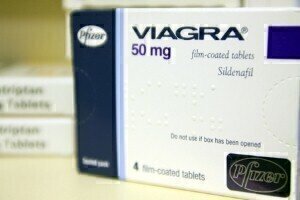News & Views
Solar Driven Dye Removal Composite
Aug 18 2017
Scientists at Swansea University have developed an exciting novel composite material which shows promise as a catalyst for the degradation of environmentally-harmful synthetic dye pollutants, which are released at a rate of nearly 300,000 tonnes a year into the world’s water.
This non-hazardous photocatalytic material effectively removes dye pollutants from water, adsorbing more than 90 % of the dye and enhancing the rate of dye breakdown by almost ten times using visible light.
By heating the reaction mixture at high pressures inside a sealed container, the composite is synthesized by growing ultra-thin “nanowires” of tungsten oxide on the surface of tiny particles of tantalum nitride, resulting in a material with a huge surface area for dye capture.
The material then proceeds to break the dye down into smaller, harmless molecules using the energy provided by sunlight, in a process known as “photocatalytic degradation”. Having removed the harmful dyes, the catalyst may simply be filtered from the cleaned water and reused.
Both of the materials used in the study*, led by Dr. Charles W. Dunnill and Dr. Daniel Jones have attracted significant interest in recent years. However, the true potential of the two materials was only realised once they were combined into a single composite. Due to the exchange of electrons between the two materials, the test dye used within the study was broken down by the composite at around double the rate achieved by tantalum nitride on its own, while tungsten oxide alone was shown to be incapable of dye degradation. In contrast to other leading photocatalytic materials, many of which are toxic to both humans and aquatic life, both parts of the composite are classed as non-hazardous materials.
“Now that we’ve demonstrated the capabilities of our composite, we aim to not just improve on the material further, but to also begin work on scaling up the synthesis for real-world application.” said Dr. Jones. “We’re also exploring its viability in other areas, such as the photocatalysed splitting of water to generate hydrogen.”
*In the Nature open access journal Scientific Reports.
Digital Edition
Lab Asia 31.2 April 2024
April 2024
In This Edition Chromatography Articles - Approaches to troubleshooting an SPE method for the analysis of oligonucleotides (pt i) - High-precision liquid flow processes demand full fluidic c...
View all digital editions
Events
Apr 28 2024 Montreal, Quebec, Canada
May 05 2024 Seville, Spain
InformEx Zone at CPhl North America
May 07 2024 Pennsylvania, PA, USA
May 14 2024 Oklahoma City, OK, USA
May 15 2024 Birmingham, UK






.jpg)











